 Talent Acquisition
Talent Acquisition
 Talent Acquisition
Talent Acquisition
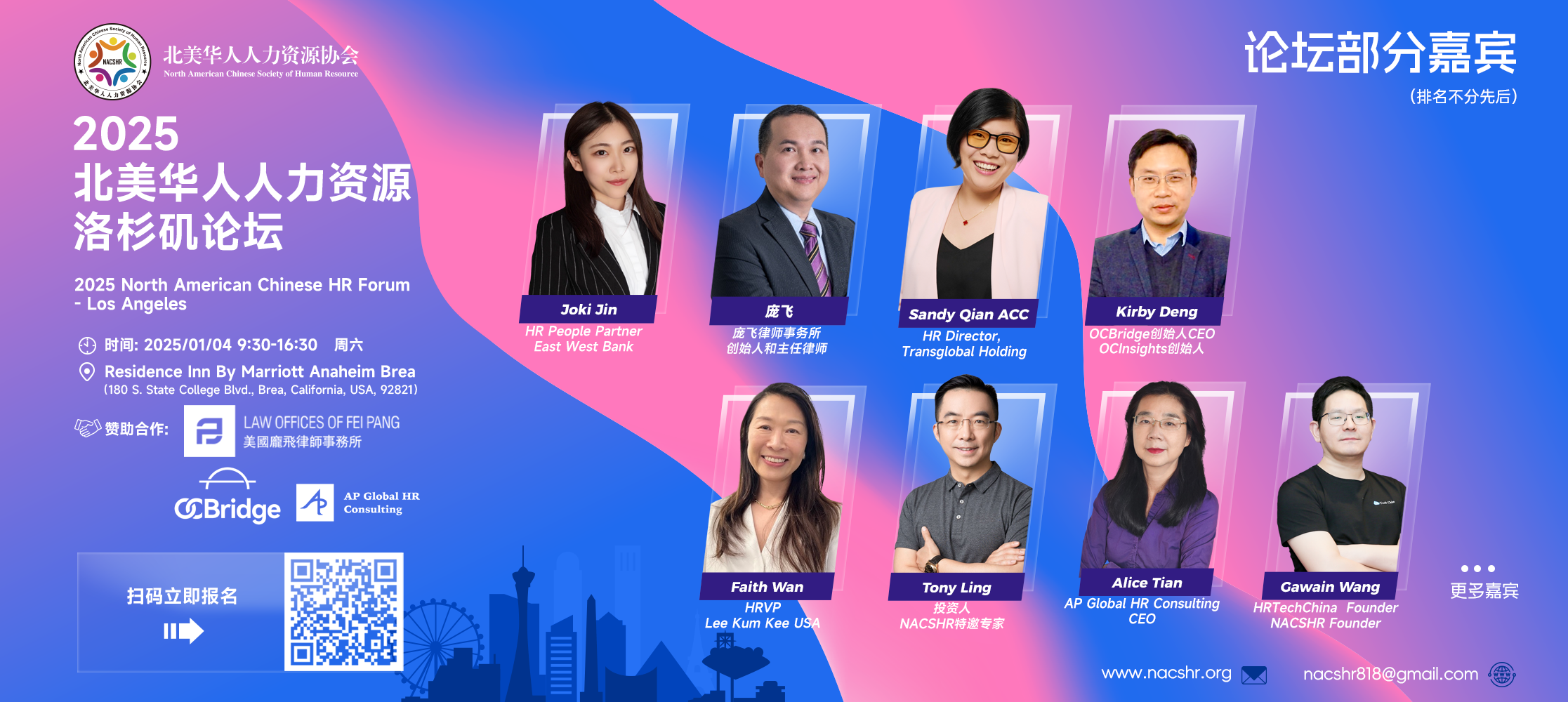 Talent Acquisition
Talent Acquisition
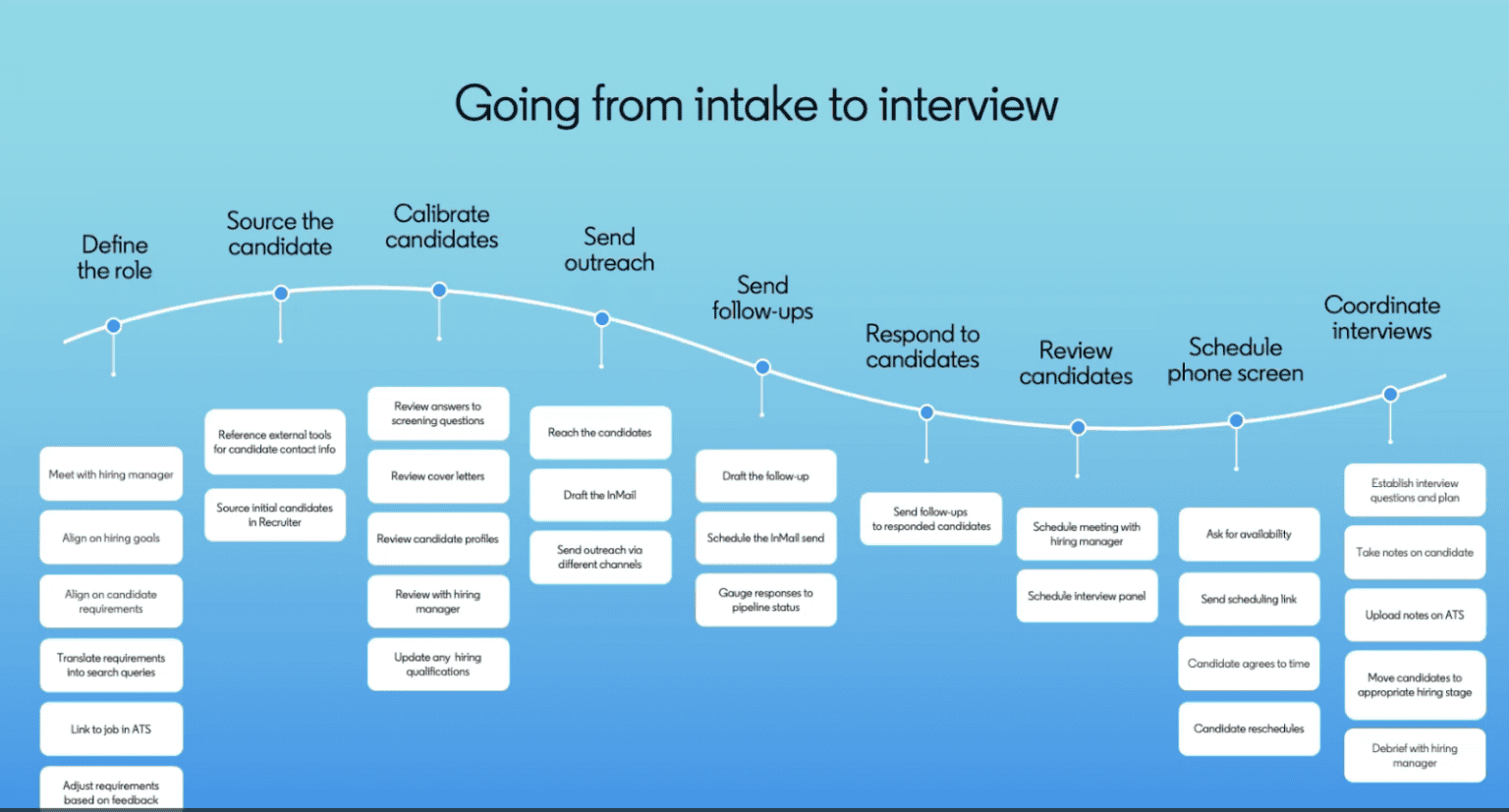 Talent Acquisition
Talent Acquisition
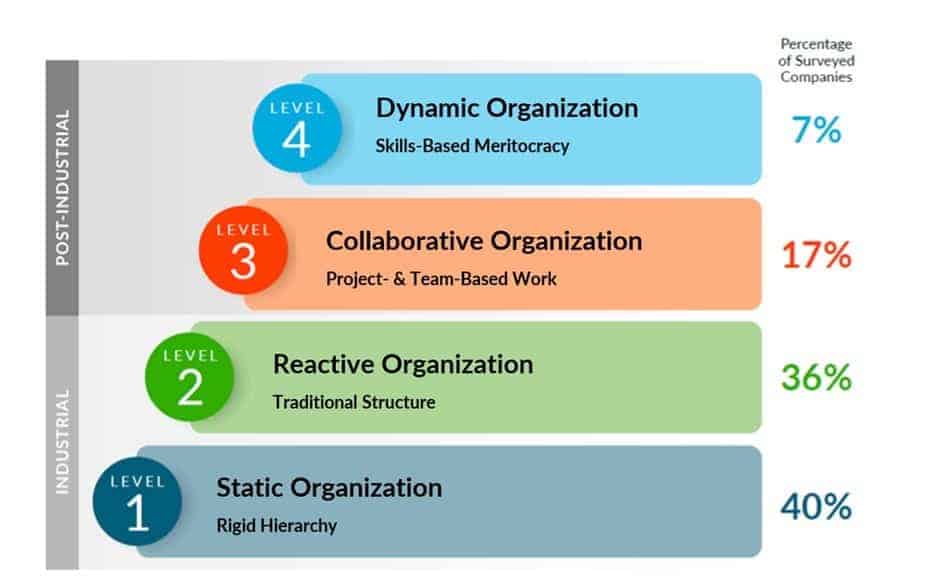 Talent Acquisition
Talent Acquisition
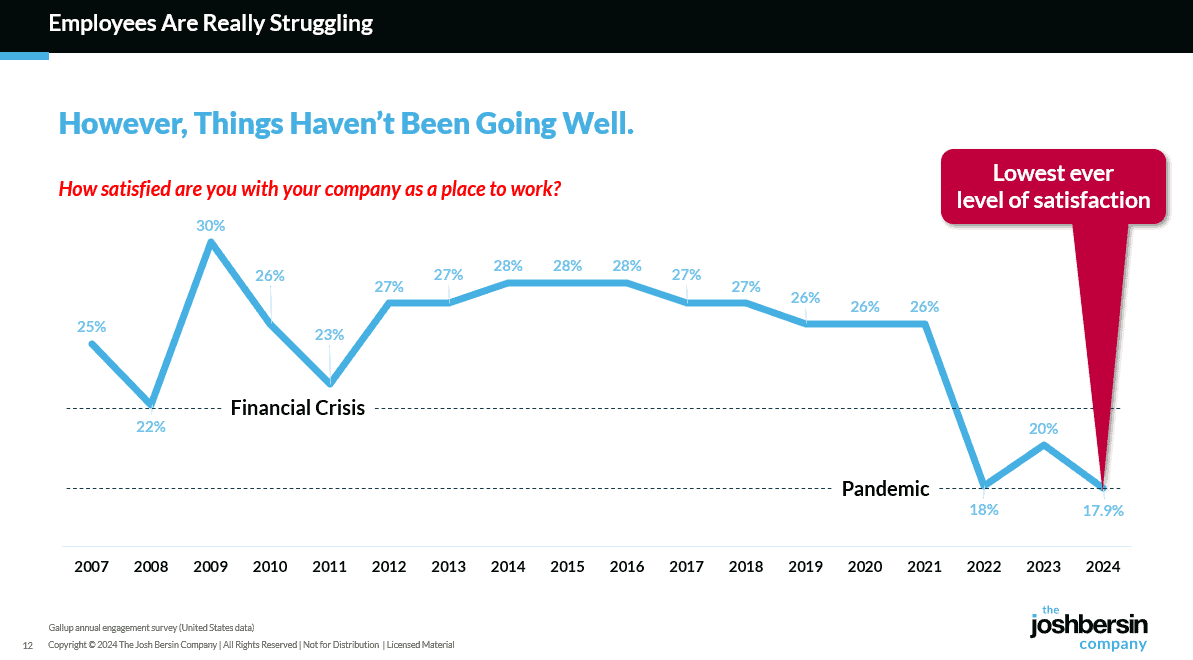 Talent Acquisition
Talent Acquisition
 Talent Acquisition
Talent Acquisition
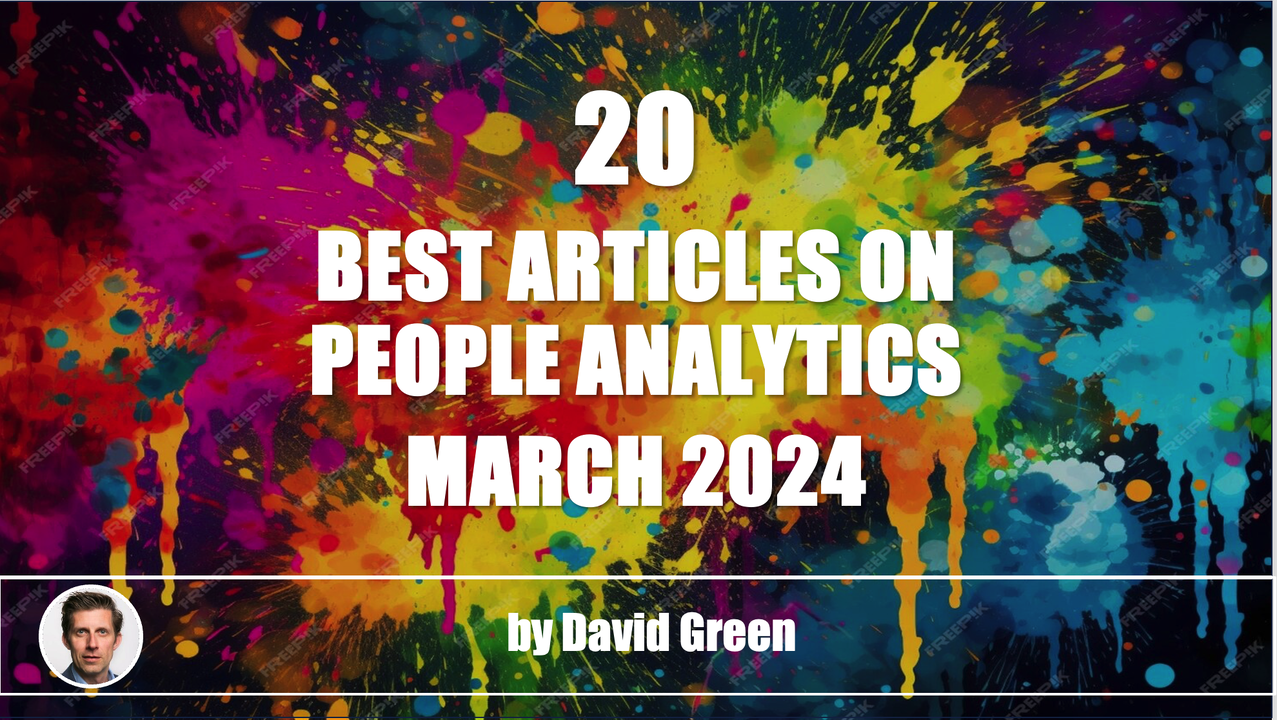 Talent Acquisition
Talent Acquisition
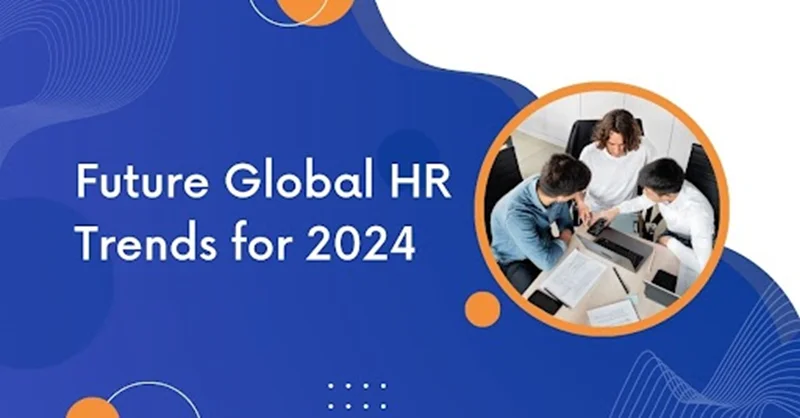 Talent Acquisition
Talent Acquisition
 Talent Acquisition
Talent Acquisition





 扫一扫
添加客服
扫一扫
添加客服




